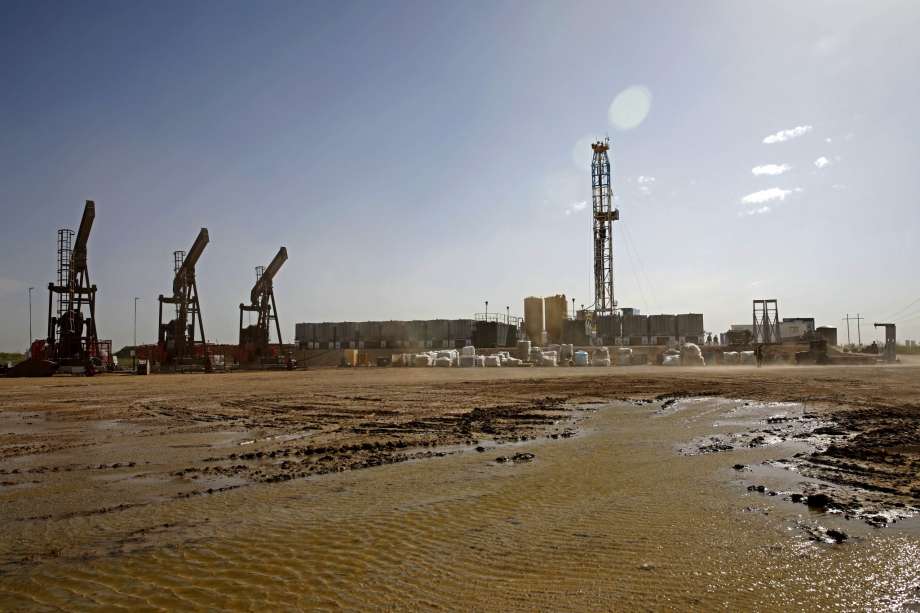
Results from the third quarter found the business activity index -- the broadest measure of conditions facing energy firms - fell to minus 7.4 from minus 0.6 in the second quarter, indicating contraction.
"The results were bad, particularly for oilfield service firms," Michael Plante, senior research economist with the Dallas Fed, said in a phone interview. "Service companies reported a drop in activity levels, in equipment utilization, and their margins got walloped," though margins improved to minus 24 from minus 32.8 in the previous survey.
Service companies saw their business activity index turn negative, falling to -21.8 from 6.6, while equipment utilization plunged 27 points to minus 24, its lowest since 2016. Prices received for services fell further into negative territory, to minus 18.5 from minus 12.1.
Respondents – both exploration and production companies and service companies – listed low oil and natural gas prices as the primary reason near-term growth has been restricted, followed by difficulty finding employees, limited access to credit and capital and investor pressure to generate free cash flow.
"By far, the factor chosen was low oil and gas prices," Plante said. "All those things combined, push E&P companies to do less drilling, less completing. That directly impacts the bottom line of the service companies."
Employment declined and wage growth slowed. The aggregate employment index slid to minus 8.0 from minus 2.5. The hours worked index declined to minus 2.4 from 3.1, and the index for aggregate wages and benefits fell to 6.2 from 14.5.
Oil and gas production increased for the 12th consecutive quarter, with the oil production increase at 15.7 in the third quarter. The natural gas production index fell to 6.5 from 13.4, recording a slower pace of growth during the quarter.
Company outlooks remained unchanged overall. However, outlooks for oilfield services firms remained negative at minus 14.8. While uncertainty continues to intensify, slightly fewer firms noted rising uncertainty this quarter than last, and the index fell 12 points to 38.
The price outlook among respondents was stable, especially since the survey was being taken during the time Saudi Arabian production facilities were attacked, he said. Plante said respondents expect the price of oil at the end of the year to be about $57 a barrel, the same as in the second quarter survey.
Asked when they think the rig count would bottom out, 27 percent said the fourth quarter of 2019, while 23 percent said the first quarter of 2020 and 26 percent said sometime after the second quarter of 2020.
A special question in this survey was asking operators to compare their estimate of Drilled, Uncompleted wells (DUCs) with estimates from the Energy Information Administration. Most respondents said their estimates were lower – 23 percent significantly, 27 percent slightly lower, while 37 percent said their estimate was close to the EIA estimate.
"Around July, some articles came out from this analytics company, Kairos, that used satellite data to figure out what's going on with the oil industry and they used that imagery to suggest there were fewer DUCs than thought," said Plante. "Then I saw their company presentation, and we thought this was a way we can help provide insight into the issue. I think the results were pretty interesting."
The issue is also important, he said, because DUCs represent a potential source of new production that could be tapped by operators at lower costs than drilling new wells. Some survey comments indicated that, because the number may be inflated, there may actually be less available production than believed.
Plante said he doesn't see much improvement for the industry in the coming months.
"My guess is, unless something unexpected happens with oil prices, the outlook is murky," he said. "Certainly, the feeling, in the results and in the comments, is that this negative cloud, especially over service companies, could persist more than a month or two. My gut feeling is, oil prices would have to go up significantly for E&P companies to plan more activity."